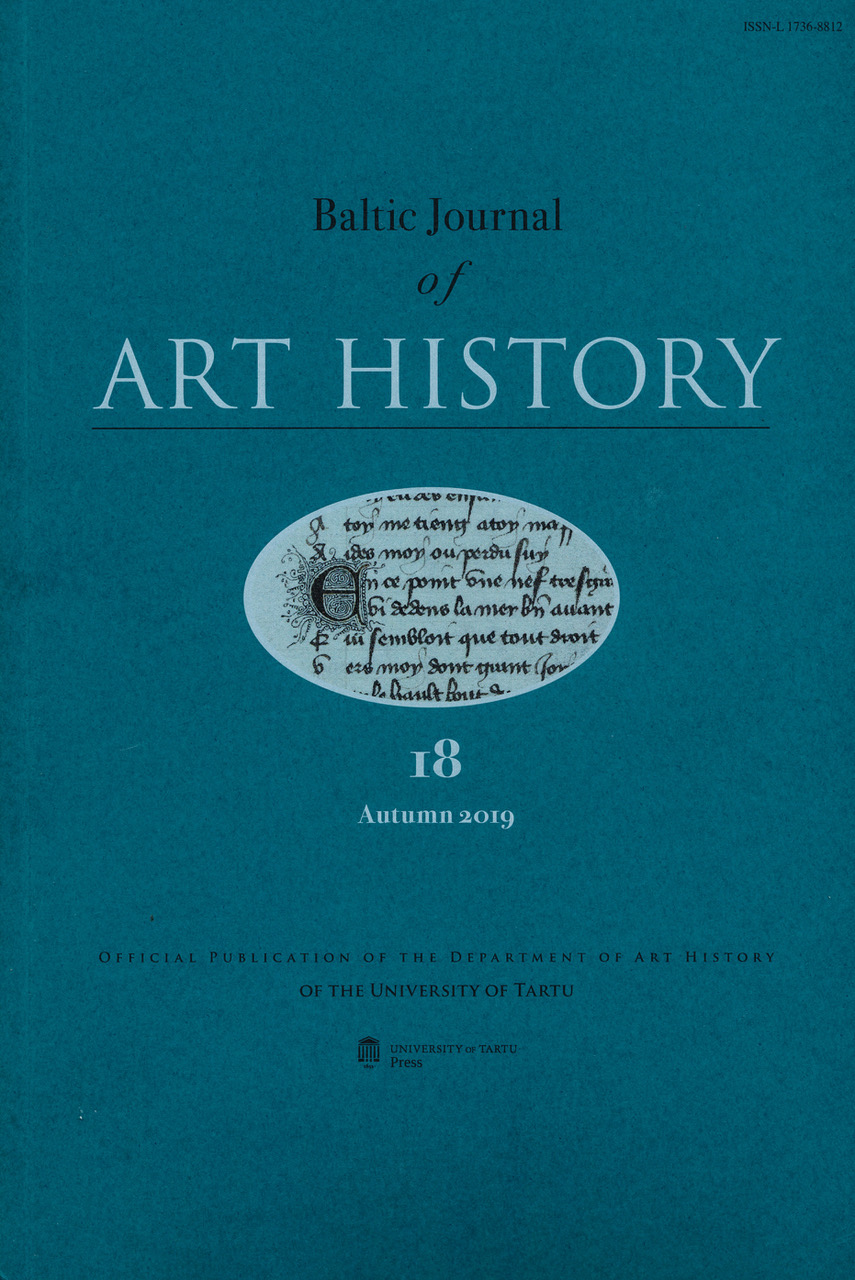DEVELOPMENTS IN APPROACHES TO HERITAGE IN ESTONIA: MONUMENTS, VALUES, AND PEOPLE
DOI:
https://doi.org/10.12697/BJAH.2019.18.05Keywords:
Cultural Heritage, Heritage Management, History of Heritage Management, Object-Based Heritage Management, Peoples-based Heritage Management, Values-based Heritage ManagementAbstract
The purpose of this article is to look at the ways in which heritage is
approached, based on the conceptual framework of critical inheritance
research. In case of approaches to inheritance, I distinguish between
object-based, value-based, and people-centered approaches –
depending on which aspects of the heritage are at the heart of the
inheritance management process. I use different case studies from
the Estonian context as examples. I am particularly interested in the
changes in heritage management in the time frame of the 1970s and
1980s to the present day.
In order to describe object-based heritage management, I will
use Kalvi Aluve’s book “The story about architectural monuments”
(1983). It is a popular work targeted for the general public, which is
why many of the views and concepts that are obviously used on a
daily basis by those involved in the matter and have often become
an invisible part of the work culture, are explained in detail and
defined. Value-based inheritance management sets at the heart of
heritage the values attributed to heritage by the various stakeholders
in society. While in object-based heritage management people act as
groups against the backdrop of monuments, this approach shifts the
values that people attach to heritage objects and heritage phenomena
to the forefront.

